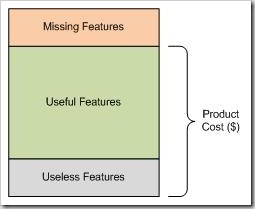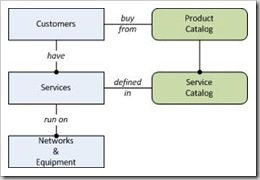Investing in Service Management & OSS

In the current economic climate, many service providers will be looking closely at their IT spend. With the Communications Index down more than 40% on where it was 12 months ago, should service providers cut back on operational support systems (OSS) and projects to automate service management? We think this is the ideal time to embark on these projects. With an economic downturn across all industries, there is an opportunity to access IT resources and personnel at a discounted rate. This provides an opportunity to take on projects that will deliver real cost savings. If you prepared a business case that didn't stack up 3 months ago, maybe it is time to revisit it. The rule as always though, is to keep projects short and focused. Deliver in small increments with quantifiable benefits at each stage and you should find you have leapt ahead of your competitors in 12 months time.

